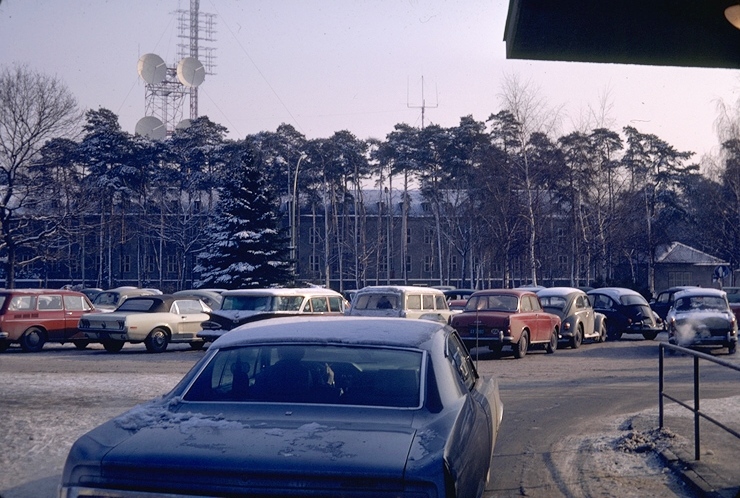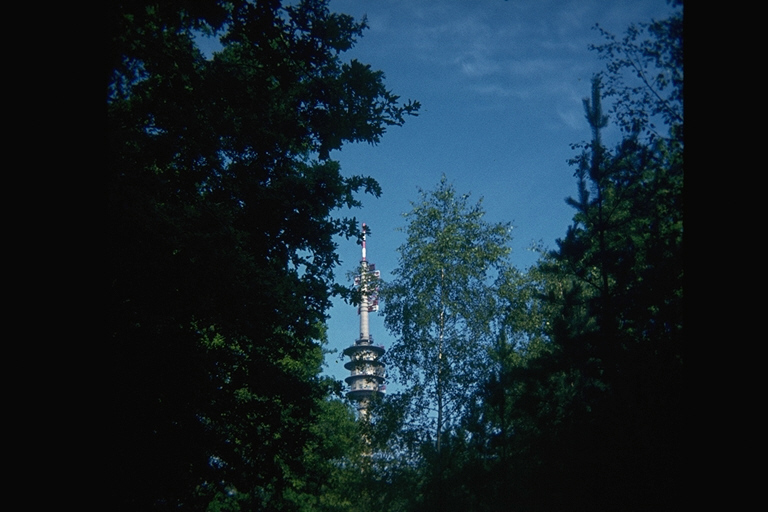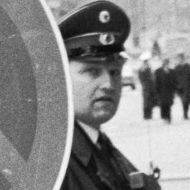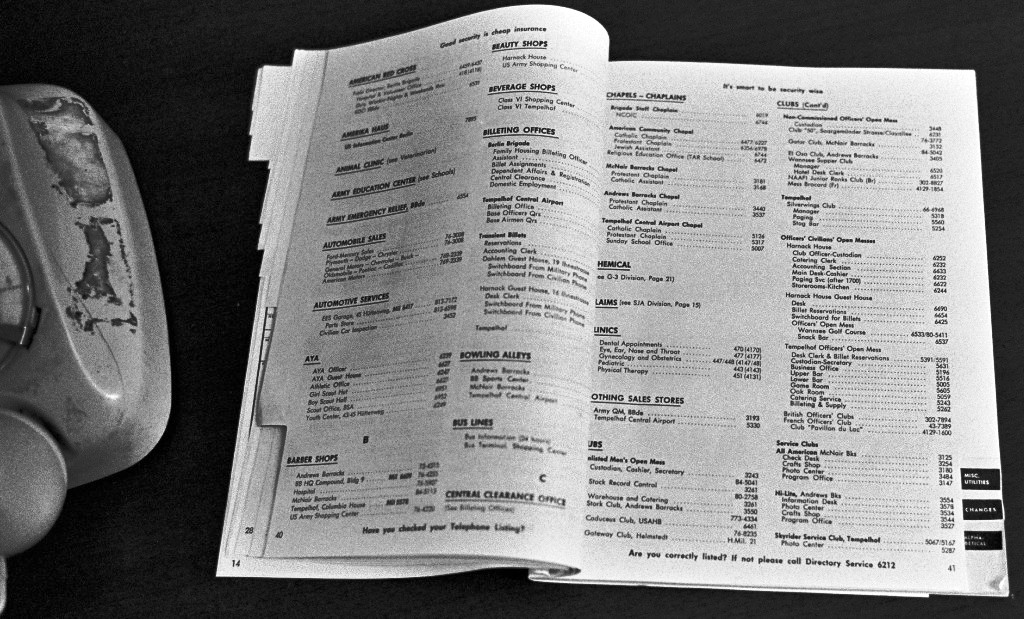Part Two – Signal Intelligence Boom

The transition of German Democratic Republic electronic monitoring from a military intelligence focus to a secret police concentration in the mid-1960’s coincided with developments in technology and politics. In the GDR, the old Stalinists and recycled Wehrmacht veterans, retired, fell or were pushed from office. In 1966, a working group was formed under MfS Lt. Col. Horst Maennchen to reorganize signal intelligence (known as SIGINT in the West). In the German Federal Republic and West Berlin, telecommunications technology was advancing and electronic traffic was booming.
Physically symbolizing this otherwise invisible network was the newly-built Fernmeldeturm on Berlin’s Schaeferberg. Planted on the highest natural hill in West Berlin, the tower added 212 meters in elevation to the hill’s 103 meters above sea level. It went into operation for the Landespost Berlin on 17 July 1964. The concrete and steel tower cost 6 million Deutsche Marks (DM), but it was estimated to contain 10 million DM worth of technical equipment.

According to Der Tagesspiegel the importance of the new link with the Federal Republic was celebrated with prominent citizens and Allied dignitaries.
The [17 Jul 1964] ceremony ended with the elevator ride of the 150 guests of honor into the tower pulpit. The elevator has space for seven people and manages to drive to the pulpit in about two minutes. In addition to visiting the six [operating] stories, the panoramic view of the Havel River and Potsdam, which was unreachable for West Berliners at that time, aroused particular interest with its surrounding area. One representative of the three Protecting Powers must have been so impressed by this prospect that a year later he leased the 32nd floor as a “tenant for special tasks”.
In American terminology, the tenant would have been on the 33rd floor.
Older forms of telephonic communication were not neglected. In 1969 U.S. Army counter-intelligence interrogated a German civilian who had been steered by the MfS into collecting information on the military’s telephone network. The report on his activities starts from his gradual recruitment. From Page 7 we learn of his efforts to gather information on unlisted numbers, numbers for intelligence offices, etc.
Awareness of this possibility was regularly brought to the attention of military personnel and their dependents.
=========================================
Source for this section:
http://www.tagesspiegel.de/berlin/bezirke/steglitz-zehlendorf/der-fernmeldeturm-in-wannsee-ein-turm-fuer-spezialaufgaben/13542854.html [Downloaded and translated 9 Feb 2018.]
https://structurae.net/structures/fernmeldeturm-berlin-schaferberg
https://www.bz-berlin.de/berlin/b-z-besucht-den-kleinen-bruder-des-fernsehturms
and discussions with dependents at Berlin U.S. Military Veterans Association reunions. The author on one occasion at the Rail Transportation Office in 1969 was pressed by his superior to give information about an Alert over the phone, even after the author pointed out that this was against common-sense regulations.

